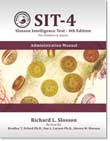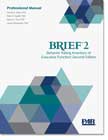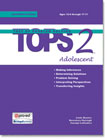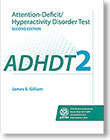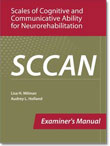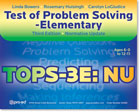Price Adjustments Effective March 1, 2026
For the first time since 2019, we will be adjusting our prices. We’ve worked hard to absorb rising costs over the years, and these pricing updates ensure we can continue providing the quality products and services you expect. Thank you for being a valued customer!


